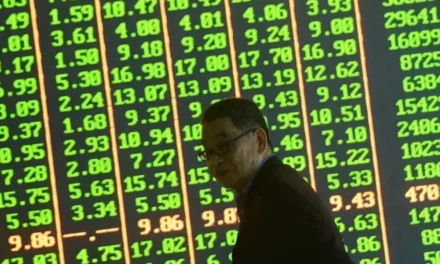The week started well for the US dollar as it managed to pass the euro by a slight margin on Monday, November 6th. This is good news, seeing how the currency recently plunged to its lowest in eight weeks.
The dollar’s resurgence is seen to be the result of rumors that the US Federal Reserve could finally put an end to the relentless interest rate hikes it has imposed over the past two years during a two-day meeting that was slated for November 8th and 9th.
However, when Fed chair Jerome Powell addressed the crowd at the International Monetary Fund (IMF) on Thursday, November 9th, he declared that he and other officials in the agency remain uncertain as to whether they have done enough to put a full stop to the rate hikes.
Powell said that the Federal Open Market Committee aims to achieve a form of financial policy that is just restrictive enough to gradually bring inflation down to the wanted 2% level but is currently nowhere near to achieving that goal.
Prior to Powell’s speech, Fed governor Lisa Cook expressed hope that the agency’s present target interest rate would be enough to drive inflation down to 2%.
Better Performance Against the Euro
Regardless of Powell’s pessimistic outlook with the IMF, the dollar index began the week with a 0.13% increase, wrapping up Monday at 105.19 despite a slight fall to around 104.84 which is the weakest it has been since late September 2023. This was still a better performance in light of last week’s drop by 1.4% which is the index’s biggest weekly decline since the beginning of Q3-2023.
Meanwhile, the euro dropped to $1.0723, a decrease of around 0.06%, despite rallying up to $1.0756 earlier in the day. Experts also pointed out that Europe’s current economic woes may slow down any gains against the US dollar in the near future.















